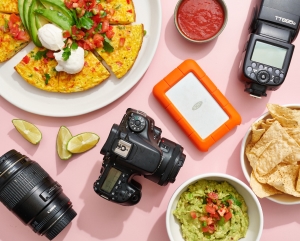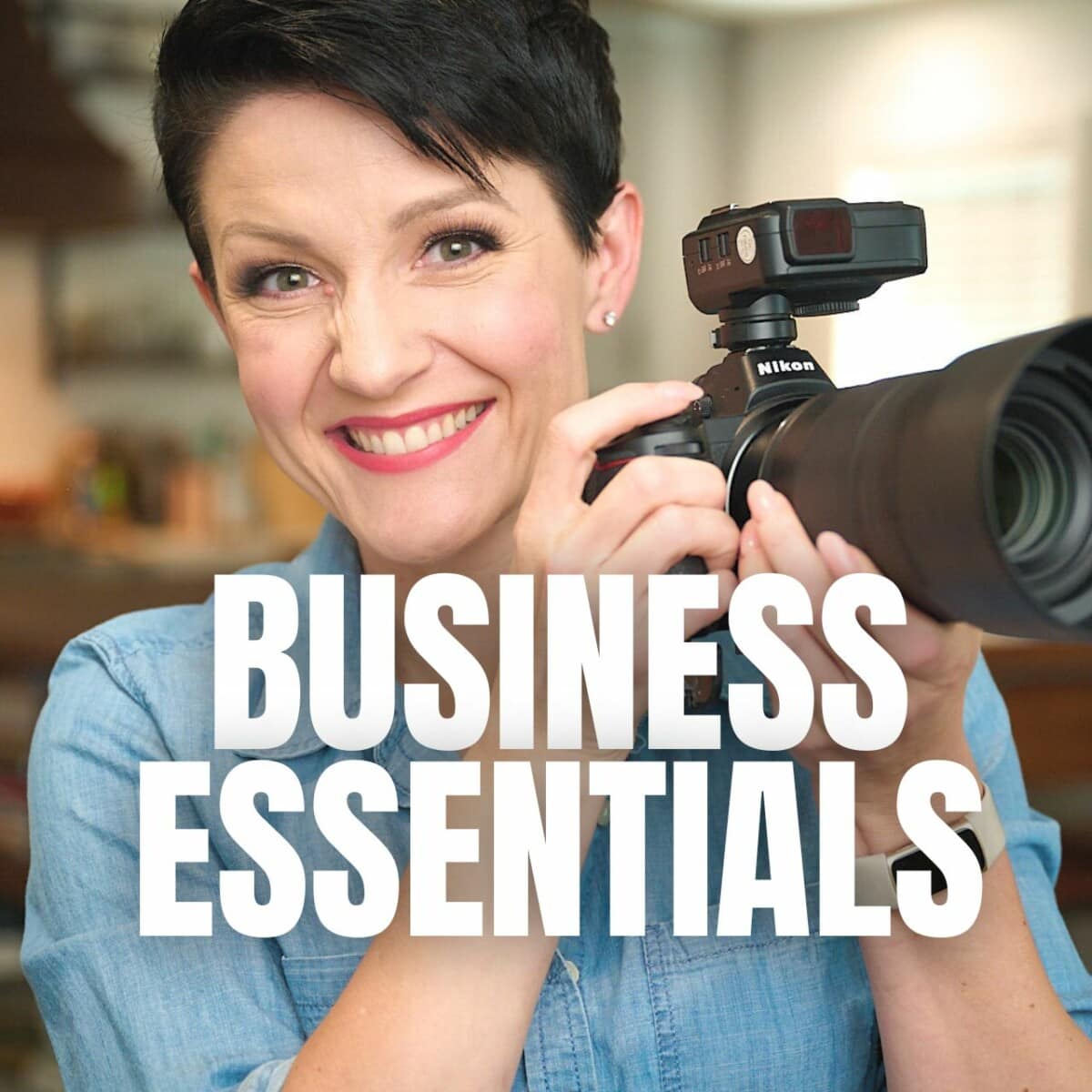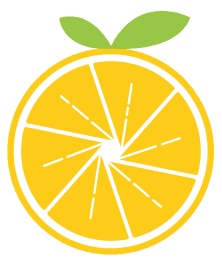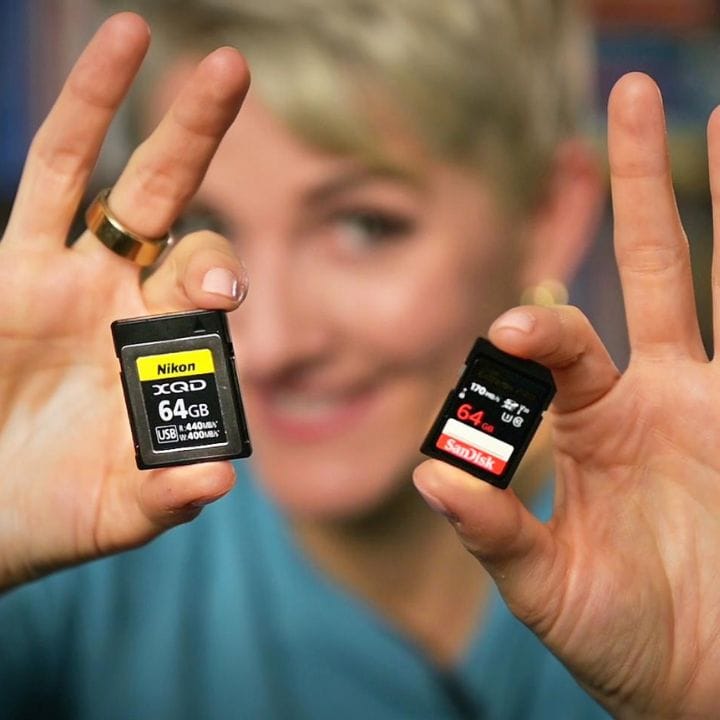Perhaps you’re familiar with the term “copyright”, but there are a lot of misunderstandings about this important topic. It can be hard to explain copyright to a potential client who says they need to own the copyright to your images. Most times this isn’t the case. Here, we will cover the important things to know about copyright and how to make it easy to educate your clients about it.
What is copyright
First, a definition.
“A copyright is the exclusive legal right of creators to reproduce, distribute, publicly display, or create derivative works from original work. A copyright also gives its owner the exclusive right to license those usage rights to others.” (From ppa.com).
But what does this all mean? Copyright is another word for ownership. Generally speaking, you can do what you want with things you own. This might include changing how they look or selling them for money. Copyright is a way of showing ownership of intellectual property like a receipt can show ownership for a physical product. Copyright covers photos, videos, films, music, and any sort of original work that someone creates.

As a photographer, the moment you press the shutter button and an image is captured, you own the copyright without having to do anything further. There are some exceptions to this rule, but all of those exceptions would include you signing some sort of contract that transfers your copyright ownership to another party.
Copyright vs Licensing
As the copyright owner of a photo or video, you have the ability to issue a license to any other parties to use those assets.
For example, I have a client whose recipes our team shoots every month. We have a licensing agreement in the contract that she signed when we first agreed to work together. The agreement states that she has right to display the images on her own website and social media for an unlimited amount of time.
A license typically outlines the details of the places where the image can be used, the duration of time, and any other specific limitations. Pixsy has a wonderful checklist that outlines the details of image licensing and how to write a use license.
Doesn’t the Client Get the Copyright if They Commissioned the Photoshoot?
No. Simply because someone has paid for a photoshoot to happen does not mean that copyright is transferred to them.
In most cases, there is no need for the client to own the copyright to images. They don’t need the ability to resell the images or license them to other companies. They simply want to display the work and use it for their marketing plans.
A license will allow them to do that for the most cost-effective price.
Because the price of a license is based on the volume of eyeballs that will potentially see that work and how much total revenue it’s anticipated to drive to the client.
- Small client + limited use = little to no charge for licensing
- BIG multinational client + extensive use through paid advertising = $$$$
Limiting the use of an image to only the needs that the client has, helps to keep licensing costs down.

Why is Copyright Important?
Our clients are businesses that are using our images in order to make more money. Think about any advertisement you see. In order for a company to effectively get the word out about who they are and their products, they need stunning photos and videos. No photos mean no ad campaign. You can’t advertise on a billboard without some sort of creative asset to visually engage people.
Maintaining the copyright of an image ensures that we have control over who is using our photos, how they’re using them, and that we’re being compensated fairly based on the use.
A commercial photographer’s profit in their business is largely driven by image licensing. Your images are driving your client’s profits and you deserve to be compensated accordingly.
How Do I Educate a Client Who Thinks They Need My Copyright?
Something that helped me feel more confident explaining copyright was to wrap my own head around it with some tangible examples.
Let’s travel back to the year 2000. AIM chats are all the rage, Carson Daly is serving up the hits on TRL and lots of folks are downloading music on file sharing sites like Napster. This was before the days of streaming services. These file sharing sites were unregulated, peer-to-peer networks where you could send or receive any sort of file to anyone on the network. You’d hop on Napster, type in the latest N’SYNC album, find a bunch of different versions that people digitally recorded from CDs and then download them to your own computer. The “cool” thing to do was then to burn your own mixed CD with all of this downloaded music. Illegally downloaded music.

Why was this considered illegal?
The files being shared on these platforms was not licensed and the artists weren’t being properly compensated for their work. That’s why today when you use Pandora, Spotify or the current day Napster you can stream the music with ads playing or you are paying a subscription that allows you to listen ad free. These platforms require revenue in order to pay the appropriate licensing to distribute the music to us on our devices.
The same goes for radio stations and the music they play.
And movie theaters and the movies they show.
And Netflix for the shows and movies you can stream on their platform.
In all of these examples, we’re enjoying the use of these creative works, many times with paid subscriptions, but we don’t actually own them. You don’t have the right to create a copy of your favorite show on Netflix and try selling it to people on the internet. That’s piracy and I hope we all know that’s not okay.
A Script for Explaining Copyright to a Client
Perhaps one of the illustrations I shared above resonates with you and is the one you want to use for explaining copyright to others.
I especially like the analogy of a landlord and a renter. I have a little script that I have practiced in my mind for my discovery calls with potential clients when there’s confusion about copyright and licensing. It goes something like this:
“What I’ve found with most clients is that purchasing a license is actually a better fit for their needs and budget. Purchasing copyright is a lot more expensive and licensing helps so you only pay for what you need. Like if you don’t need to use the images on broadcast tv, or on bus shelters, or all the places, you just want to use it on your website, social and paid digital, then only pay for that. Kinda like owning a house versus renting a house.”
And then we usually end up talking about the cost of a license:
“I can tailor a licensing agreement so it fits your needs so you aren’t paying for anything you aren’t going to use. It’s important to me that my clients are able to accomplish everything they need with their images with minimal complication and at a price that meets their budget. So for you, what are the ways you’re planning to use these photos?”

Creating Your Own Script
I recommend taking my script and making it your own. Write it in the way you talk and use an analogy that’s easy for you to share.
Diving a bit into the psychology of my script, you see that I reference “other clients” which helps normalize the experience. This sales strategy of using 3rd party stories helps alleviate the pressure between you and the client and prevents the client from feeling attacked.
I also like to always keep in mind the “What’s in it for them” factor. Consider what the client will gain as a result of following my prescribed system. In this case, the upside for the client is that they will save money because we are creating something that fits their unique needs.
Once you have a script you feel good about, find a friend who can pretend to be a client so you can practice.
When to give away your copyright
There will be times when a purchase of copyright is required. This only makes sense when the client is able to pay the premium price-tag for your work AND you are comfortable releasing those rights. The situations when this would be appropriate would be in working with ad agencies and companies with deep pockets for a major advertising campaign. These companies would not only be able to afford the price and see the value but then also would have expertise in retouching, design and properly handling your artwork in a way that wouldn’t harm your reputation.
If you’ve ever had a client throw an awful Instagram filter on your beautifully edited images, you’ll know why giving someone the right to alter your images can be problematic.
If they come back with the famous line, “but our last photographer didn’t charge for that”, I remind myself that this is my business and this is how I run it. I don’t show up in their factory and tell their employees how to do their jobs.
Licensing isn’t something I dreamed up. It’s not me being greedy. It’s how I make money doing the thing I have spent countless hours getting good at and own a lot of expensive gear to be able to do.
And I have to pay my Adobe subscription. Gah! Another example of licensing at work!
One Thing to Watch
If a client provides you with their own contract to sign, watch out for the term “work for hire.” I had at least five contracts come across my desk in the last year that had “work for hire” in the fine print .
Work for hire means that you are giving up your rights to the work and that the client automatically owns the copyright. An agreement like this only makes sense in situations where you are an employee of the company. If they pay you a salary and benefits and pay your taxes, then work for hire can make sense.
Otherwise, when I see work for hire on a contract, I reach out to the client and let them know there are some terms on their contract that I am not comfortable signing and ask for the best way to handle a request for changes. Usually, they tell me to “red line” (legal speak for cross out and initial) the parts I want to remove and to return the contract back to them for their legal review. Nine times out of ten when I have removed the work for hire from a contract, the client has agreed to it.
It’s a Pain But It’s Important
I know, it feels so much easier to just breeze over this stuff and give the client what they ask for right? Pushing back on clauses in contracts and negotiating licensing feels like a chore. But, truthfully, to maintain a long-term, sustainable commercial photography business and to be able to make a living doing this work, you need to remember your copyright is your gold. Your files are valuable. Your copyright is valuable. Protect it.
If you try educating them and they still don’t understand, it’s okay to walk away. There are plenty of fish in the photography sea. I promise!
Additional Resources Related to Copyright and Image Licensing
Resources for Creating Professional Food Photography Estimates
How to Register Your Copyright by Improve Photography
US Copyright Registration Website
If you want to go even further in depth on licensing, usage, copyright and my word-for-word scripts for how I discuss these things in my discovery calls with clients, check out Create Your Career.















